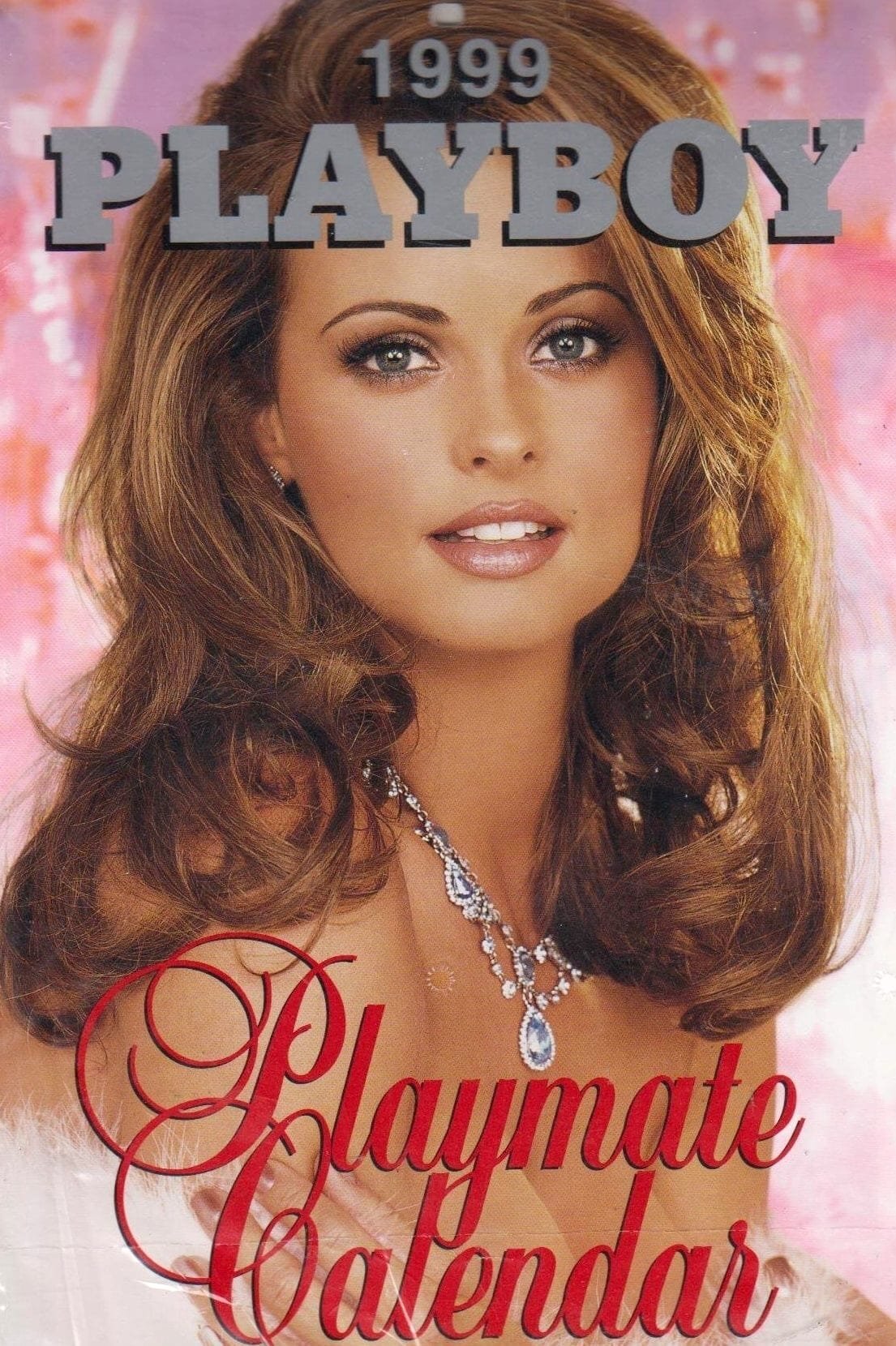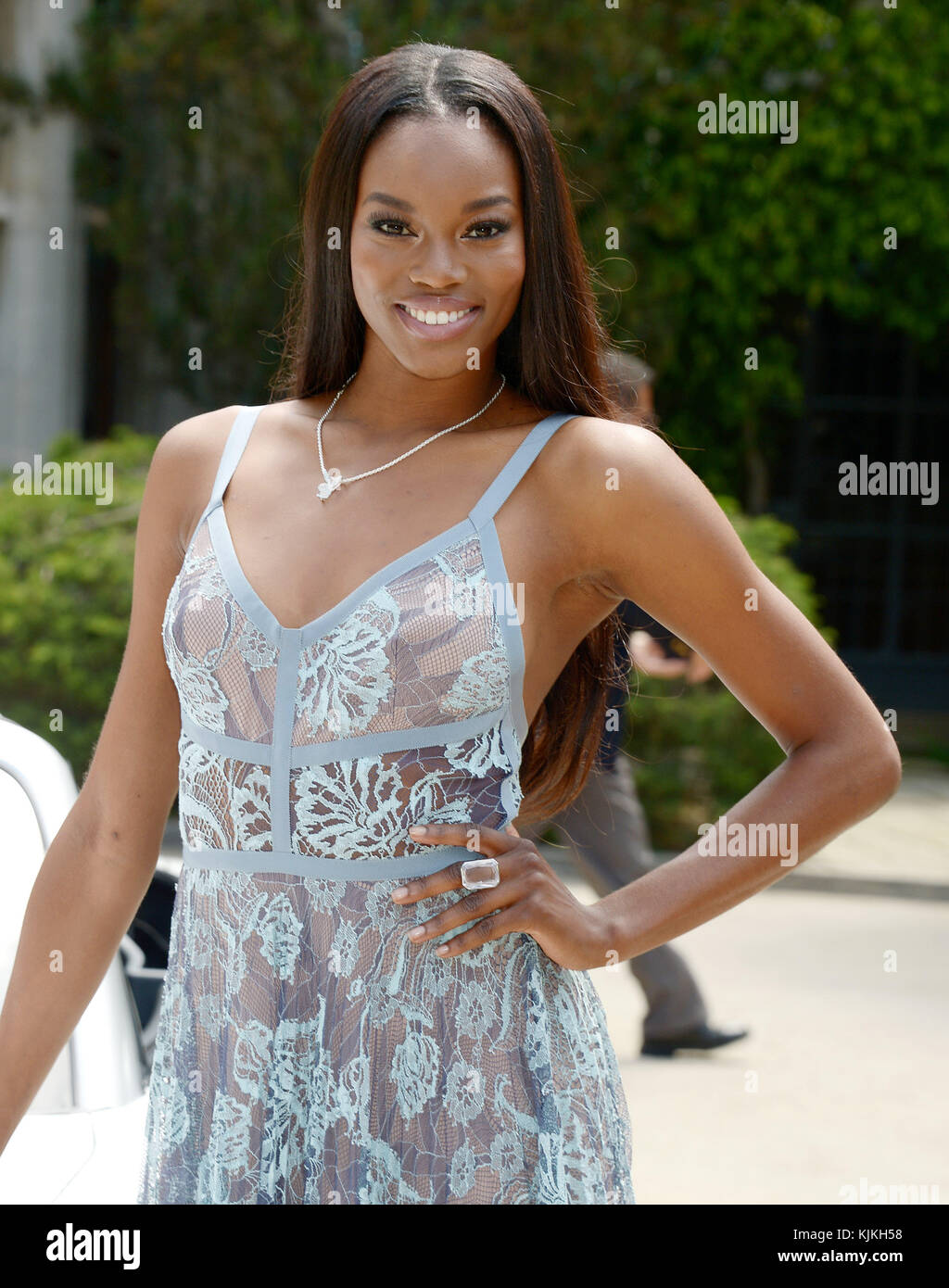Playboy Playmate From Tacoma Washington - Stories Unfolded
Tacoma, Washington, a place known for its distinct character and stunning natural surroundings, has, in a way, contributed to a part of pop culture history that many might not immediately connect with the city. For decades, a certain publication captured the attention of countless people, mixing entertainment with a particular style of imagery. This magazine, known for its bold approach and cultural influence, featured individuals from all walks of life, and, as it happens, some of these notable figures hailed right from Tacoma.
The story of a young woman from a place like Tacoma stepping into the pages of a widely read magazine is, in some respects, quite a compelling one. It's a tale that touches on personal choices, experiences, and the paths people take, sometimes leading them to unexpected places. These personal narratives, you know, offer a small glimpse into the bigger picture of how a publication became so well-known.
So, we're going to explore the connections between this magazine and the women who represented Tacoma within its pages. We'll look at their individual journeys and, too it's almost, how their presence helped shape the magazine's long-standing story. It’s a chance to see how a local connection can become a thread in a much larger cultural fabric.
Table of Contents
- Uncovering the Lives of Tacoma's Own
- What Made Playboy a Cultural Icon?
- How Did These Women Shape the Magazine's Story?
- The Journey From Tacoma - What Does It Mean?
- Who Were the Early Faces of Playboy From Tacoma Washington?
Uncovering the Lives of Tacoma's Own
The magazine, started by Hugh Hefner back in the early fifties, quickly became something more than just a typical publication. It was, you know, a brand that caught people's eye, aiming to present female figures and topics that were, at the time, quite bold, all within a somewhat refined presentation. This approach helped it gain a lot of attention, making it a cultural marker for many decades. Among the many individuals who appeared in its pages, a couple of women with ties to Tacoma, Washington, stand out, each with her own interesting story.
Stacy Marie Fuson - A Recent Playboy Playmate From Tacoma Washington
One such individual is Stacy Marie Fuson, who was born on August 30, 1978, in Tacoma, Washington. She became a familiar face in the magazine, appearing as the Playmate of the Month for February 1999. Her presence wasn't just limited to that one feature; she actually graced four covers and was part of four different photo spreads, making her quite a prominent figure for a time. Her story, in a way, represents a more modern chapter of the magazine's history, showcasing a personality that resonated with many readers.
Stacy's personal touches, like her deep affection for chocolate, her enjoyment of spending time by the ocean, and her companion, a pitbull named London, offered a glimpse into her life beyond the magazine's pages. These small details, you know, helped create a more complete picture of who she was. She also moved to Los Angeles from Tacoma, which is a fairly common path for those looking to make a mark in the entertainment world. An article titled 'Stacy Fuson, Miss February, 1999' from the magazine itself offers more insight into her time there, revealing more about her experiences. She's known to eat a lot, but, then, that nourishment is quite needed for someone with her busy schedule.
- June 14th Horoscope
- Ideas For Black Hair Color
- Little Presents For Friends
- Season Hair Color
- Face Korean Sunscreen
Personal Details - Stacy Marie Fuson
| Detail | Information |
|---|---|
| Born | August 30, 1978 |
| Birthplace | Tacoma, Washington, United States |
| Magazine Role | Playmate of the Month, February 1999 |
| Appearances | 4 covers, 4 photosets |
| Known For | Love for chocolate, the beach, pitbull named London |
| Industry Alias | Also known in the industry as Stacy Fuson |
Diane Hunter - An Early Playboy Playmate From Tacoma Washington
Another woman with Tacoma roots who made her mark in the magazine's earlier days is Diane Hunter. Born Gale Rita Morris on July 14, 1937, also in Tacoma, Washington, she became the Playmate of the Month for November 1954. Her appearance came during a time when the magazine was just starting to find its voice and establish its identity. Diane was described as an American nude glamour model, a term that, you know, captures the style of presentation common in those early issues. She had a look that, in some respects, reminded people of a striptease performer, which was a certain kind of appeal back then.
Her story is part of the very beginnings of the magazine's practice of naming a "Playmate of the Month" each month. This tradition, which has continued for a very long time, was quite new when Diane appeared. The magazine was still figuring out its format; for example, before September 1959, the playmates were not even asked to sign contracts for their appearances. Diane's inclusion helps us understand the magazine's early evolution and how it, basically, built its roster of featured individuals over time. Her presence, too, contributes to the overall history of Tacoma's connection to this publication.
Personal Details - Diane Hunter
| Detail | Information |
|---|---|
| Born | July 14, 1937 |
| Birthplace | Tacoma, Washington, United States |
| Magazine Role | Playmate of the Month, November 1954 |
| Other Name | Born Gale Rita Morris |
| Description | American nude glamour model; resembled a striptease star |
What Made Playboy a Cultural Icon?
Hugh Hefner, when he started this magazine in 1953, did something that was, you know, pretty much unheard of at the time. He took what could have just been another publication focused on adult content and, actually, turned it into one of the most recognizable brands in the world. It wasn't just about showing images; it was about creating a certain lifestyle and promoting ideas around sexual freedom for both men and women, which was, in a way, a very bold stance for the era. The magazine aimed to be sophisticated, presenting its material in a way that set it apart from other publications of its kind.
The magazine's blend of entertainment, articles, interviews, and, yes, the images, captivated a very wide audience for many decades. It wasn't just a collection of pictures; it offered stories, discussions, and a perspective on culture that, in some respects, resonated with many people. This combination helped it become a cultural phenomenon, shaping conversations and, really, pushing boundaries. The idea was to create a brand that stood for a certain kind of freedom and enjoyment of life, which, you know, really caught on with a lot of folks.
The magazine also featured famous women like Kate Moss, Naomi Campbell, and Marilyn Monroe, among others, further cementing its place in popular culture. Even a comedian was featured on its cover, which was quite rare for a man to do. That particular issue, by the way, remains one of the most valuable ones in the magazine's long history. These kinds of appearances, you see, added to its allure and helped it maintain its cultural standing over the years. It became a platform for more than just its primary content, drawing in a very diverse range of public figures.
How Did These Women Shape the Magazine's Story?
The women who appeared in the magazine, including those from Tacoma, played a very important part in building its identity and appeal. They were the faces that readers connected with, the individuals who brought the magazine's vision to life. Each Playmate of the Month, for example, became a representative of the magazine's aesthetic and its message of liberation and enjoyment. Their stories, even if only briefly shared, added a human touch to the pages, making the content feel more personal and relatable.
Their individual journeys, from places like Tacoma to the pages of a national publication, served as a kind of mirror, reflecting the broader cultural shifts the magazine was both responding to and, actually, helping to create. For Stacy Marie Fuson, her appearances across multiple covers and photo spreads helped define the magazine's look in the late 1990s. For Diane Hunter, her presence in 1954 was part of the very foundation of the Playmate concept, helping to establish what the magazine would become. These women, you know, were not just models; they were part of a cultural movement.
The magazine's practice of featuring a new woman each month created a constant sense of newness and excitement for its readers. It was a way to keep the content fresh and to introduce new personalities regularly. The details provided about these women, such as their birthdates, measurements, and personal interests, gave readers a sense of connection, making them feel like they knew a little bit about the person behind the image. This approach, basically, helped build a loyal readership and made the featured individuals feel more like real people rather than just figures on a page.
The Journey From Tacoma - What Does It Mean?
The fact that individuals from Tacoma, Washington, became part of this widely recognized publication suggests a few things. It shows, for one, that the magazine's reach extended far beyond major metropolitan areas, drawing talent and personalities from communities all across the country. It also highlights how personal stories, regardless of where they begin, can become intertwined with larger cultural narratives. A journey from a city like Tacoma to the national stage of a popular magazine is, in a way, a testament to individual ambition and the opportunities that existed within the entertainment industry, even decades ago.
For someone like Stacy Marie Fuson, moving from Tacoma to Los Angeles was a significant step, representing a common path for those pursuing careers in modeling or entertainment. It's a choice that many make when seeking out bigger opportunities. Her story, with its details about her love for chocolate and her dog, London, makes her feel, you know, very relatable, despite her public image. It shows that even those who appear in glamorous settings have everyday interests and lives that are, basically, quite normal in many respects.
Diane Hunter's story, being from an earlier period, shows how the magazine sought out individuals from various backgrounds right from its beginnings. Her appearance in 1954, just a year after the magazine's founding, suggests that talent was sought broadly. These connections to Tacoma, then, are more than just geographical footnotes; they are small pieces of a larger story about how a national publication found its faces and voices from diverse communities, making its content feel more accessible and, you know, truly American in its scope. It's a reminder that talent and opportunity can appear anywhere.
Who Were the Early Faces of Playboy From Tacoma Washington?
When we look at the very first few years of the magazine, from 1953 to 1957, we find some interesting statistics about the women who appeared as Playmates of the Month. These records include details like their name, age, birthdate, and even physical measurements. This kind of information, you know, helped create a profile for each woman, giving readers a sense of who they were. The magazine was, at this point, still very new, and the process of selecting and featuring these women was just getting started.
Diane Hunter, born in Tacoma in 1937, stands out as one of the earliest individuals from the city to be featured. Her appearance in November 1954 places her firmly in the magazine's foundational years. At that time, the concept of the Playmate was still taking shape, and the magazine was building its roster of featured women month by month. Her inclusion, you see, helps us understand the kind of individuals the magazine was looking for in its initial phase, and how it was creating its unique brand of appeal.
The list of Playmates from 1954, for example, includes Diane, showing her place among the very first women to be given this title. It's interesting to note that in those early days, before September 1959, the women were not even asked to sign agreements for their appearances. This suggests a more informal approach in the beginning, which, you know, changed as the magazine grew and became more established. So, Diane's story is not just about her; it's also about the magazine's very early way of doing things, and how a woman from Tacoma played a part in that initial setup.
The magazine, as a whole, has a very long history, and the presence of women from Tacoma within its pages is just one small part of that bigger picture. It shows how the publication, over its many decades, connected with people from various places and backgrounds, bringing their stories and images to a very wide audience. From the early days of Hugh Hefner's vision to the more recent issues, the magazine has, basically, continued to feature individuals who, in some respects, represent different facets of popular culture. These connections to Tacoma, then, are a small but interesting piece of that enduring story.
Article Recommendations
- Blonde Hair Fall Colors
- Face Massage Before And After
- Why Was Taylor Swift Booed At Superbowl
- Holiday Gel Nails 2024
- Unique Hairstyles Women



Detail Author:
- Name : Darby Halvorson Jr.
- Username : lemuel36
- Email : oreichert@yahoo.com
- Birthdate : 1996-08-08
- Address : 712 Imelda Coves Suite 052 Lake Loren, MN 39237-5878
- Phone : 256.863.2788
- Company : Collier, Hane and Waelchi
- Job : Precision Aircraft Systems Assemblers
- Bio : Aut modi vel error quo quas impedit animi. Quibusdam tenetur pariatur corporis. Nesciunt vitae repellendus possimus dolor dicta est veniam. Vel voluptas quidem dolore consectetur minima cumque.
Socials
twitter:
- url : https://twitter.com/kaitlin.green
- username : kaitlin.green
- bio : Voluptatem quidem qui et sint ad ut architecto et. In neque id officiis hic et. Quas a dignissimos sapiente eos deserunt sunt eveniet.
- followers : 3193
- following : 1798
facebook:
- url : https://facebook.com/kaitlin723
- username : kaitlin723
- bio : Assumenda nam voluptatem ipsum temporibus qui totam.
- followers : 3706
- following : 2996
instagram:
- url : https://instagram.com/green2019
- username : green2019
- bio : Et ex eos ab. Est quos mollitia ut molestiae numquam. Impedit excepturi quia accusantium et aut.
- followers : 2966
- following : 2341
tiktok:
- url : https://tiktok.com/@kaitlin_green
- username : kaitlin_green
- bio : Eligendi iusto sint deserunt consequuntur occaecati.
- followers : 6570
- following : 1319